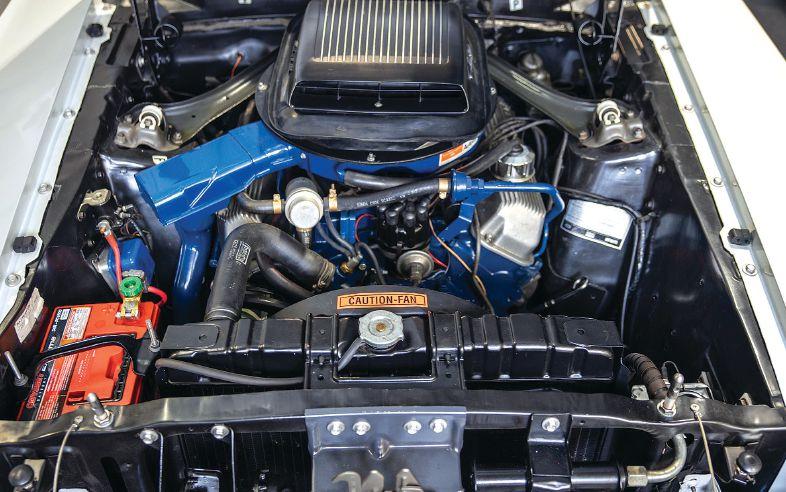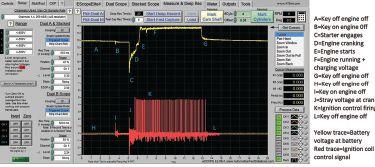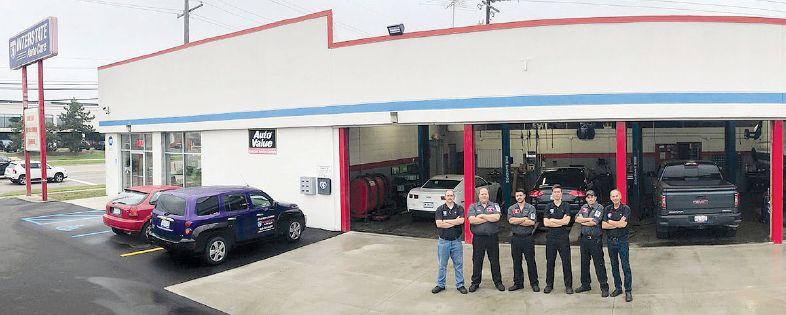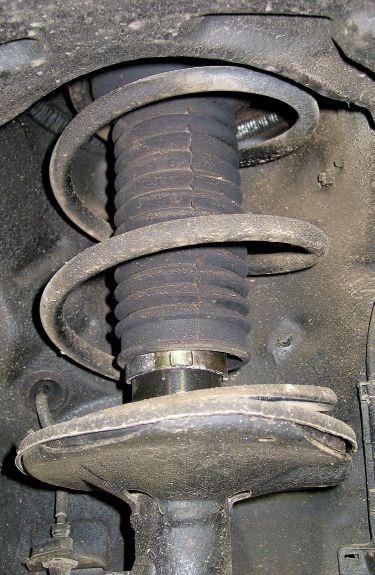Critical Torque
ACHIEVING CRITICAL FASTENER TORQUE Applying torque to a threaded fastener is merely the act that fulfills the goal of achieving proper clamping force Compiled by Mike Mavrigian
T
Torque wrenches are available in a variety of formats, torque value range, calibrated in inch-pounds, foot-pounds, Newton meters and digital versions that handle inch, foot, metric and even angle. Threaded fasteners require the proper amount of tightening in order to achieve the desired clamping force to secure components. This may involve either reaching a specified torque value or a combination of torque plus additional angle tightening. Either way, the goal is to obtain proper clamping load. With few exceptions, tightening by “feel� is simply inadequate. Under or over tightening can cause fastener failure, components cracking, allowing leaks of combustion pressure, vacuum or fluid leaks, warped components or any combination of
24
ASP
J une 20 20
faults. Adhering to published torque (or torqueplus-angle) specifications is important for all installation or assembly tasks, but is especially critical for engine, transmission, steering, suspension and brake system applications. A torque wrench measures the amount of turning (rotational) force applied to a threaded fastener (nut or bolt). Torque wrench scales usually read in foot-pounds (ft.-lbs.) or inch-pounds (in.-lbs.) and Newton-meters (N.m). When using the foot-pound scale, one foot-pound equals one pound of pull by using a one-foot-long lever arm.





